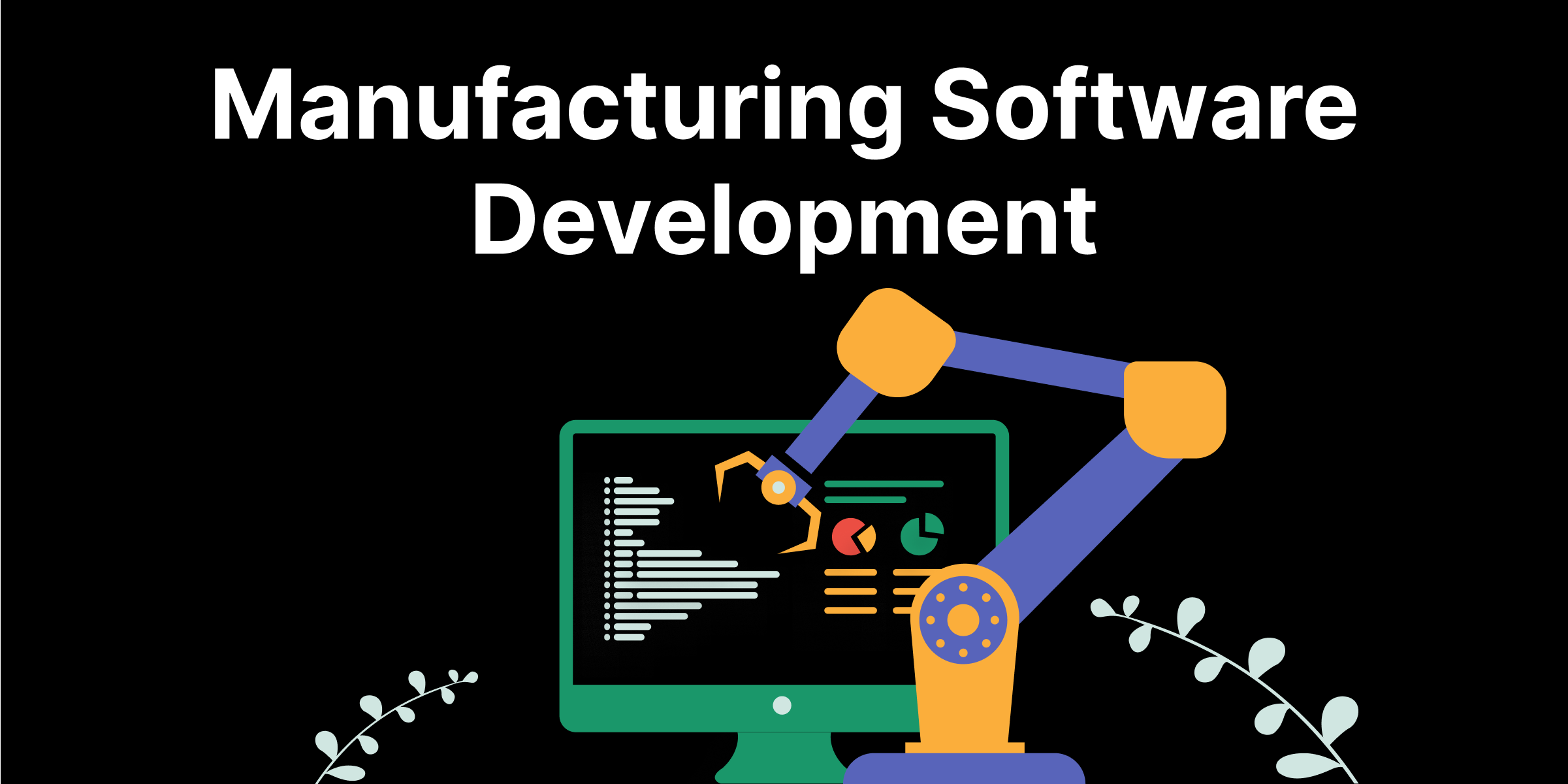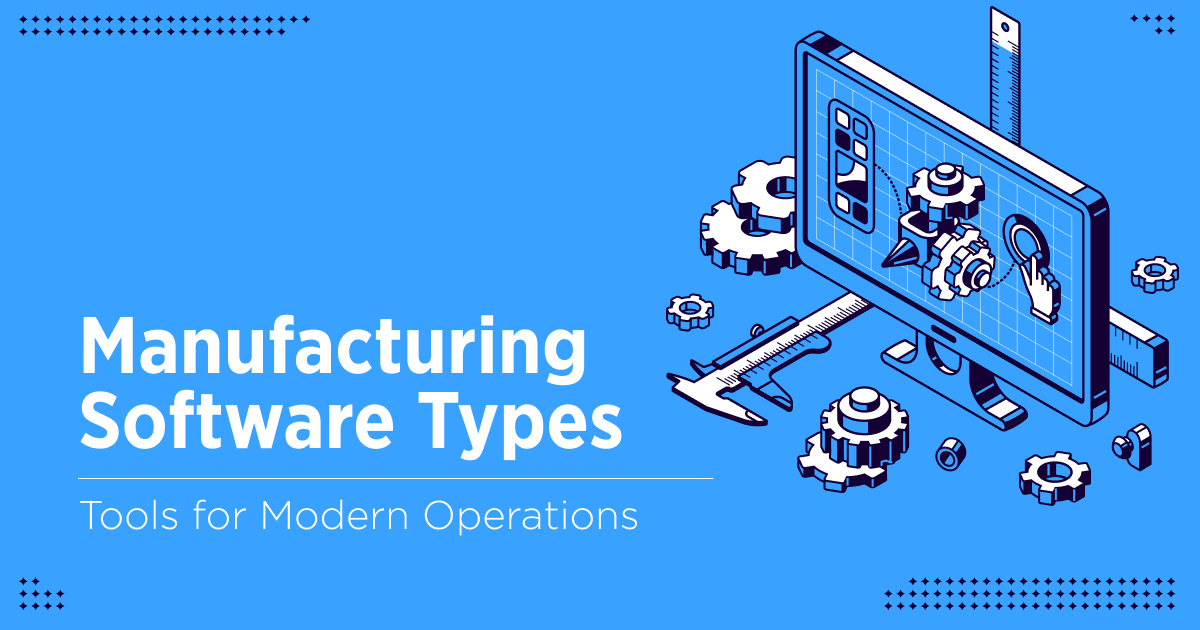Frustrated by rising production costs and stagnant efficiency? Imagine slashing your budget by 20% while simultaneously boosting product quality. This isn’t a pipe dream; it’s the reality for manufacturers who leverage the power of manufacturing software development. These specialized programs are revolutionizing factory floors, streamlining processes, and unlocking a new era of intelligent production. Buckle up, because we’re about to dive deep into how manufacturing software development can supercharge your production and propel your business to the forefront of the industry.
The Future of Manufacturing Software Development
The world of manufacturing software development is not content with resting on its laurels. It’s constantly evolving, fueled by cutting-edge technologies that promise to revolutionize the industry even further. Here’s a sneak peek into the exciting trends shaping the future of manufacturing software:
1. The Rise of Artificial Intelligence (AI):
Imagine software that can not only automate tasks but also learn and adapt to optimize production in real-time. AI is poised to transform manufacturing by:
-
- Predictive Maintenance: AI algorithms can analyze sensor data from machines to predict potential failures before they occur. This enables proactive maintenance, preventing costly downtime and extending machine lifespan.
- Self-Optimizing Production Processes: AI can continuously analyze production data and recommend adjustments to parameters like machine settings and scheduling to ensure maximum efficiency and quality.
2. The Power of Big Data Analytics:
Manufacturing generates a vast amount of data. The future lies in harnessing this data through advanced analytics to gain unparalleled insights. Imagine software that can:
-
- Identify Hidden Patterns: By analyzing vast datasets, software can uncover previously hidden patterns and correlations within your operations. This allows you to identify areas for improvement, optimize resource allocation, and make data-driven decisions for enhanced production efficiency.
- Personalized Manufacturing: With big data analytics, manufacturers can cater to specific customer needs by personalizing production processes and product configurations, leading to a more agile and responsive approach.
3. The Era of the Internet of Things (IoT):
Imagine a factory floor where machines seamlessly communicate with each other, sharing real-time data and dynamically adjusting processes. The Internet of Things is making this vision a reality. By embedding sensors in machines and throughout the production line, manufacturers can:
-
- Real-Time Visibility: Gain unprecedented real-time visibility into every aspect of production, from raw material tracking to finished product quality. This empowers proactive management and rapid response to any disruptions.
- Autonomous Operations: As IoT devices become more sophisticated, they can enable a degree of autonomous operation. Machines may be able to self-diagnose issues, adjust settings based on real-time data, and even schedule maintenance requests.
4. Cloud Computing for Scalability and Accessibility:
The future of manufacturing software development is increasingly cloud-based. This offers several advantages:
-
- Scalability: Cloud-based software can easily scale up or down based on your production needs, allowing for greater flexibility and agility.
- Accessibility: Cloud software eliminates the need for expensive on-premise hardware and IT infrastructure. This makes it more accessible to manufacturers of all sizes, democratizing access to advanced software solutions.
These are just a few of the exciting advancements shaping the future of manufacturing software development. By embracing these trends, manufacturers can create a truly intelligent factory floor, unlocking a new era of optimized production, unmatched efficiency, and unparalleled responsiveness in a dynamic marketplace.
Conclusion
Imagine a world where robots predict problems before they happen, software orchestrates a symphony of efficiency, and data becomes the guiding light for every decision. This isn’t a scene from a futuristic movie; it’s the reality within reach with cutting-edge manufacturing software development. Here at ONextDigital, we’re not just software developers, we’re architects of the future of manufacturing.
We specialize in crafting custom white-label software solutions that empower you to take complete control of your production floor. Think of us as your digital Swiss Army Knife – we can build applications that automate repetitive tasks, like data entry and scheduling. We can design real-time dashboards that provide a bird’s-eye view of your entire operation. We can even develop software that integrates with your existing machines, enabling them to communicate and optimize processes autonomously.
The factory of the future is no longer a dream; it’s a blueprint waiting to be built. Partner with ONextDigital and let us help you transform your factory floor into a haven of efficiency, quality, and profitability. Together, we can turn science fiction into your everyday production reality. Contact us today.







